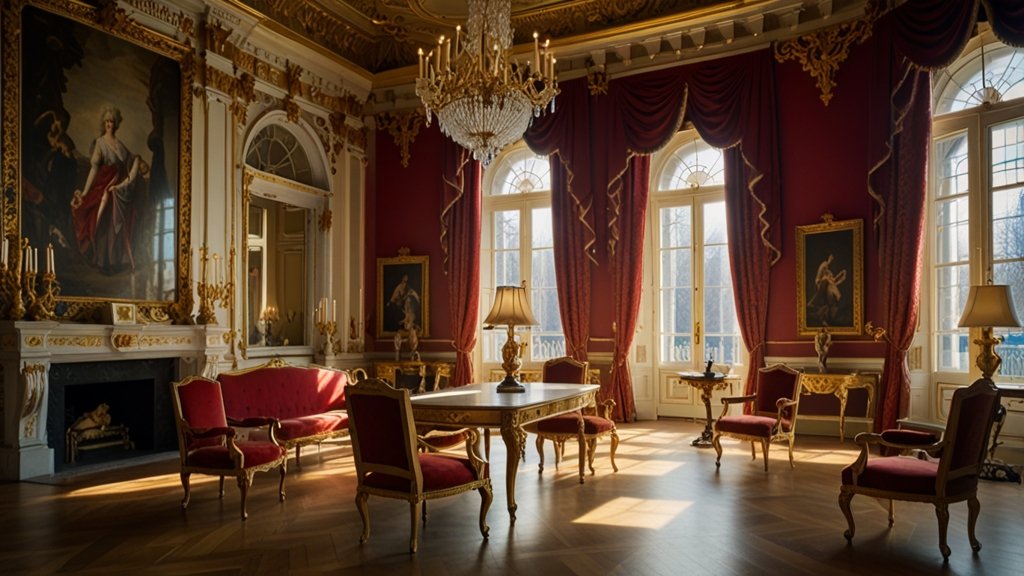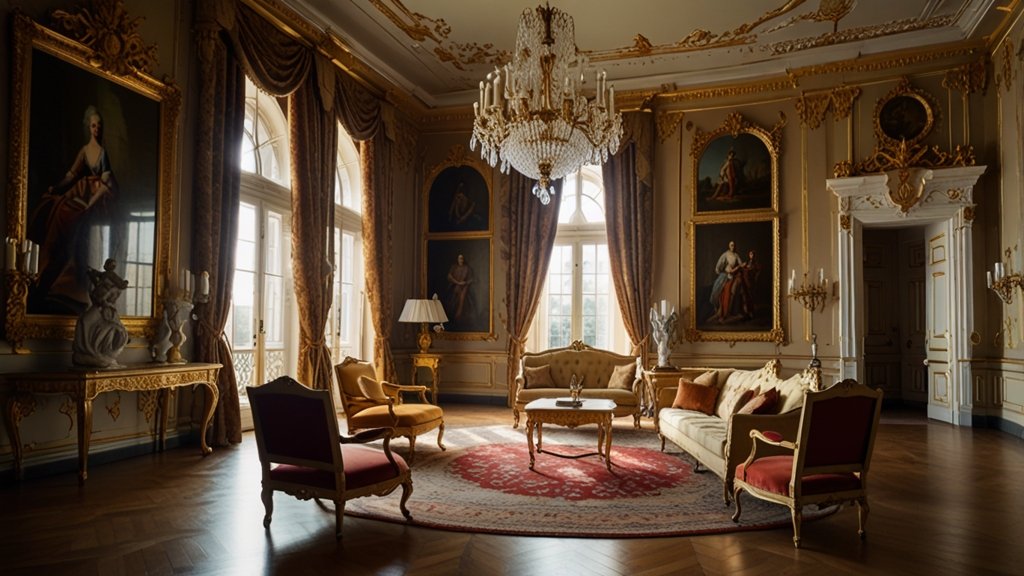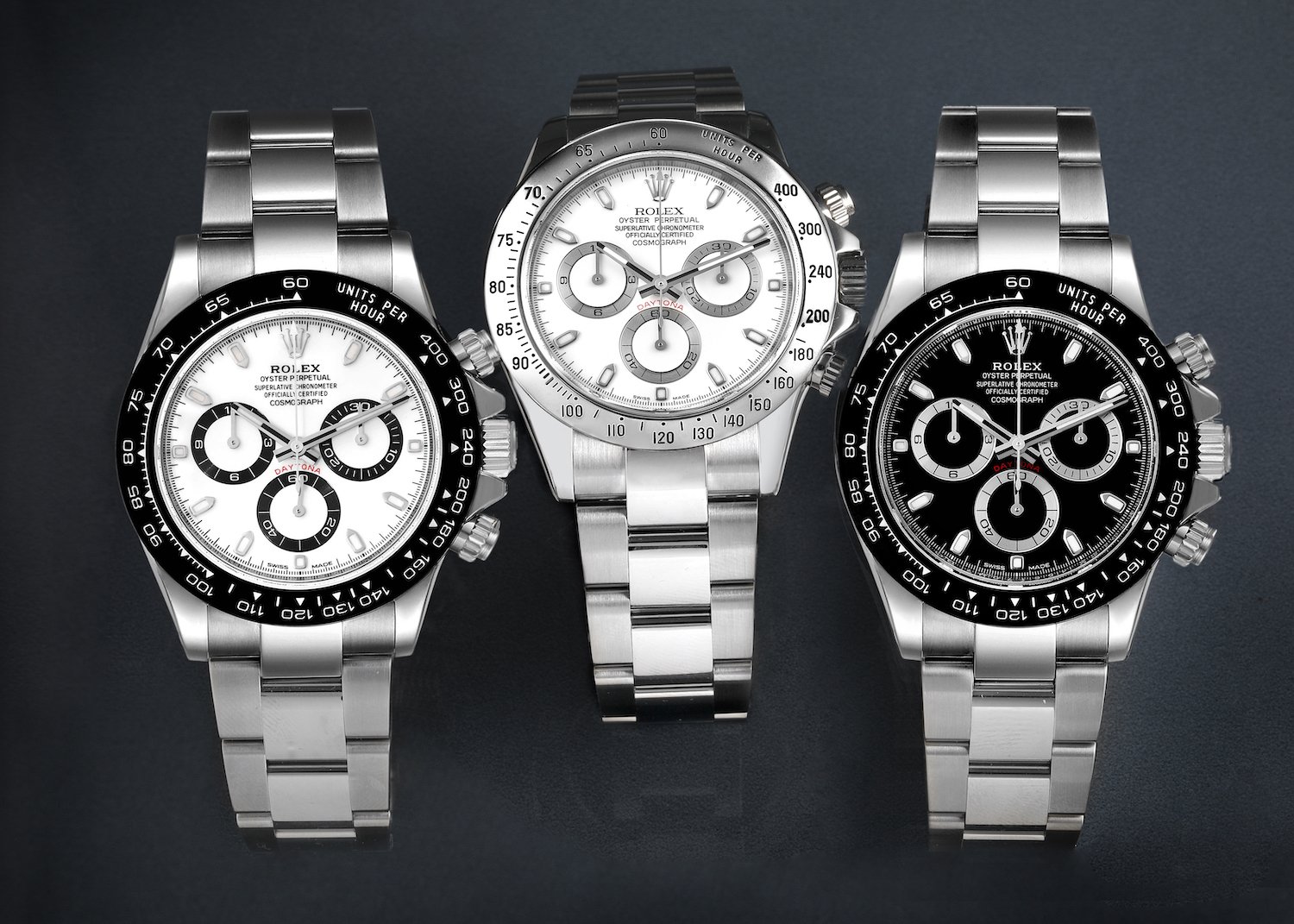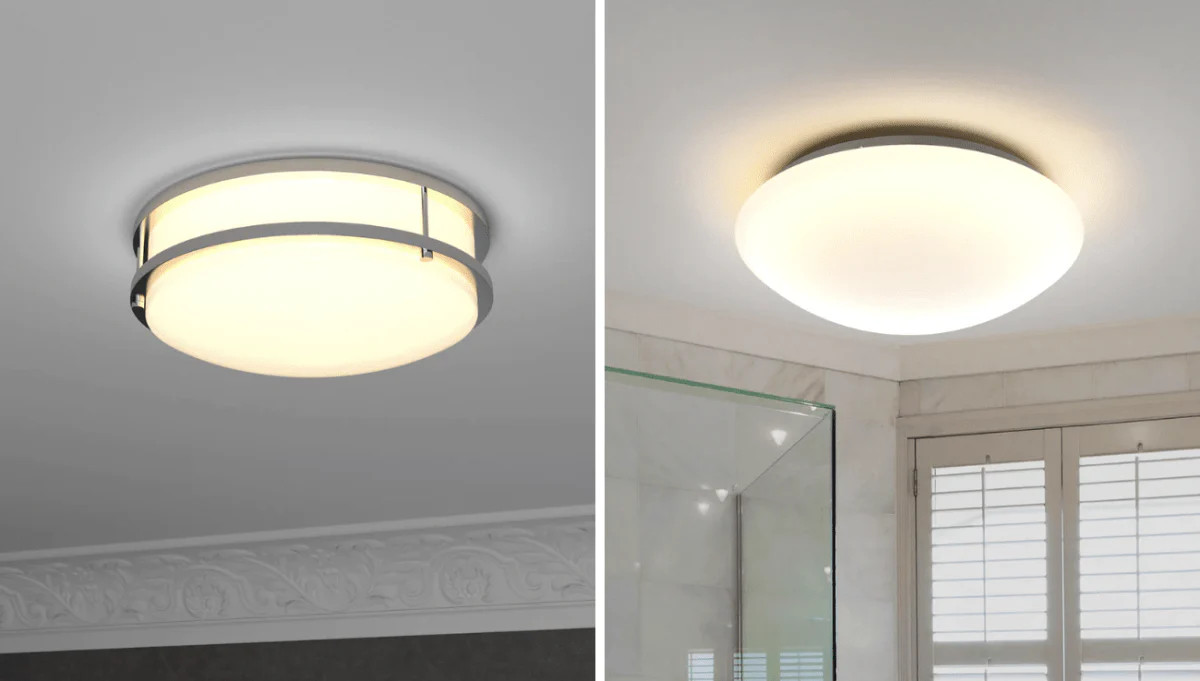Imagine walking into a palace room where every chair, table, and cabinet whispers tales of empire-building and enlightenment. This isn’t just decor—it’s political power carved into mahogany and gilded with gold. Catherine the Great, Russia’s longest-reigning empress, didn’t just collect furniture; she weaponized it to proclaim Russia’s cultural sophistication. Her pieces blend grandeur with intellect, reflecting her obsession with European art and her desire to position St. Petersburg as the “Window to the West.” Let’s unravel the secrets of Catherine the Great’s furniture, from hidden symbols to the craftsmen who brought her vision to life.
Why Catherine’s Furniture Was More Than Just “Royal Decor”
Catherine II, a German princess who seized the Russian throne in 1762, saw furniture as a tool of diplomacy and identity. While other monarchs hoarded jewels, she invested in objets d’art that fused French elegance with Russian ambition.
Key Influences:
- Neoclassical Craze: Post-Baroque Europe was obsessed with Greco-Roman symmetry. Catherine imported this trend, commissioning pieces adorned with laurel wreaths, fluted legs, and mythological motifs.
- Enlightenment Ideals: As a pen pal of Voltaire, she infused furniture with philosophical symbolism. Writing desks featured inkwells shaped like globes, hinting at her thirst for knowledge.
- Imperial Propaganda: Thrones and tables showcased maps of Russia’s expanding territories, subtly declaring her dominance.
The Architects of Elegance: Craftsmen Behind the Throne
Catherine didn’t work alone. She lured Europe’s finest artisans to St. Petersburg, creating a fusion of styles still revered today.
David Roentgen: The “Master of Marquetry”
This German cabinetmaker became her favorite, delivering pieces like the Green Frog Service (a 944-piece dining set painted with British landscapes). His secret?
- Innovation: Hidden compartments, mechanical drawers, and intricate inlays.
- Status Symbol: Only Roentgen’s workshops could execute Catherine’s demand for “movable art.”
Charles Cameron: The Neoclassical Visionary
The Scottish architect redesigned palaces like Tsarskoye Selo, pairing pastel walls with furniture featuring arabesque patterns and Roman columns.
Iconic Pieces: A Tour of Catherine’s Most Legendary Furniture
Let’s explore her collection through three masterpieces:
| Piece | Description | Location Today |
|---|---|---|
| The Peacock Clock | A gold, life-sized peacock that spreads its feathers hourly. Embedded with 257 jewels. | Hermitage Museum, St. Petersburg |
| Catherine’s Writing Desk | Mahogany desk with secret drawers for treaties. Inlaid with ivory maps of Crimea. | Peterhof Palace |
| The Amber Room | A chamber paneled entirely in amber mosaics (replica). Originally featured amber cabinets. | Tsarskoye Selo (Reconstructed) |
How to Spot Catherine-Era Furniture (And Avoid Fakes)
Her pieces are prized by collectors, but replicas abound. Here’s what to look for:
- Materials: Solid mahogany, walnut, or Karelian birch (a Russian specialty).
- Details: Hand-carved motifs (eagles, lyres, oak leaves) and ormolu (gilded bronze) mounts.
- Provenance: Look for inventory marks from the Winter Palace or Hermitage.
Infographic:
Timeline of Catherine’s Style Evolution
1760s: Baroque curves → 1770s: Neoclassical lines → 1780s: Russified motifs (e.g., double-headed eagles)
Where to See Catherine’s Furniture Today

- The Hermitage Museum: Houses 50+ pieces, including Roentgen’s mechanical tables.
- Pavlovsk Palace: Features Cameron’s pastel-hued interiors and serpentine sofas.
- Auction Houses: Sotheby’s sold a Catherine-era secretary for $2.3M in 2019.
3 Steps to Bring a Slice of Catherine’s Style Home
- Embrace Drama: Opt for a statement piece—a gilded mirror or claw-foot table.
- Mix Eras: Pair neoclassical lines with modern art (she’d approve—Catherine hung Renaissance works beside contemporary portraits).
- Seek Craftsmanship: Invest in hand-carved details over mass-produced replicas.
You May Also Like: PenthouseHub: The New Era of Sky-High Luxury Living
Conclusion
Catherine’s furniture wasn’t just about opulence—it was a calculated chess move in her quest to make Russia a cultural superpower. Today, these pieces remind us that design isn’t just about beauty; it’s about legacy. So, the next time you see a neoclassical chair, ask: What empire does this represent?
Ready to explore further? Share your favorite piece from her collection below or tag us in your Hermitage Museum visit!
FAQs
Did Catherine design any furniture herself?
While not a craftsman, she sketched ideas and dictated designs to artisans, often insisting on “more gold leaf!”
Why is her furniture rarely sold at auctions?
Most pieces remain state-owned. Privately held items are fiercely contested—experts verify only 3-5 annually.
How did her furniture survive the Russian Revolution?
Many pieces were hidden in storerooms or mislabeled as “minor art” to avoid destruction.
What modern brands echo her style?
Brands like Baker Furniture replicate neoclassical motifs, while Hermès borrows her love for intricate marquetry.
Was Catherine’s furniture comfortable?
Not exactly! Ornate chairs were for ceremony, not relaxation. She reportedly preferred plainer, English-style armchairs for private use.











